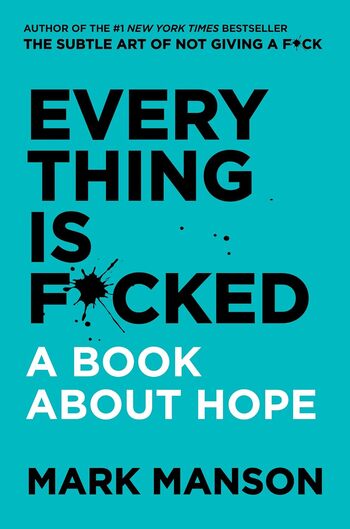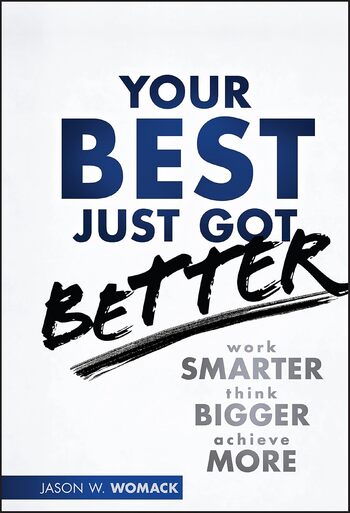
The Decision-Making Blueprint offers tools to improve decision-making by addressing biases and adopting methods like the Pareto Principle, empowering informed and beneficial choices.
Main Lessons
- Confirmation bias leads people to favor information that supports their pre-existing beliefs, hindering objective decision-making.
- Self-serving bias makes individuals take credit for successes while deflecting blame for failures, affecting personal growth.
- Human tendency towards the status quo can prevent seizing new opportunities, despite potential rewards.
- The Pareto Principle suggests 80% of outcomes result from 20% of actions, guiding efficient decision-making.
- Acknowledging biases like confirmation and self-serving biases helps reduce their negative impact on decisions.
- Using the Pareto Principle aids in time management, optimizing activities that contribute most to results.
- Identifying valuable relationships or activities that contribute significantly to happiness enhances personal fulfillment.
- Questioning familiar habits can reveal if comfort or genuine disinterest is preventing exploration of opportunities.
- Proactively analyzing decision-making patterns can lead to improved productivity and more rewarding choices.








